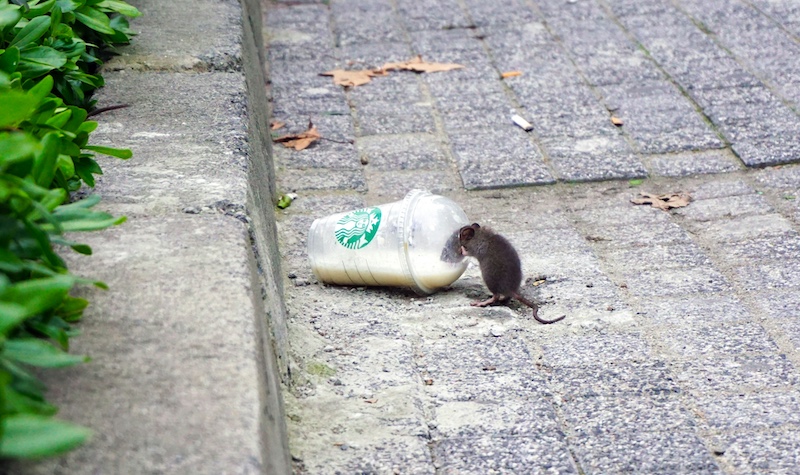

Contact Us
![]()
Please fill out the following form and we will contact you within 24 hours.
Mice infestations can pose serious health and safety risks for families, businesses, and surrounding habitats. This Integrated Pest Management (IPM) plan combines preventative techniques, ongoing monitoring, and evidence-based control methods to achieve long-term, sustainable mouse control. By prioritizing non-chemical strategies and using pesticides only as a last resort, we minimize harm to people, pets, and the environment.
Mice have adapted exceptionally well to urban areas, thriving on human-generated waste and easily finding shelter in buildings. Overflowing trash bins, improperly stored food, and cracks in structures offer ideal conditions for their survival and reproduction. These small but resilient creatures can multiply quickly, making effective pest control crucial in preventing infestations.
